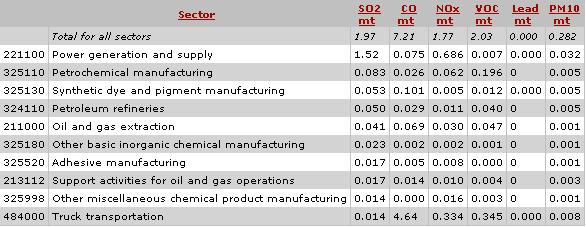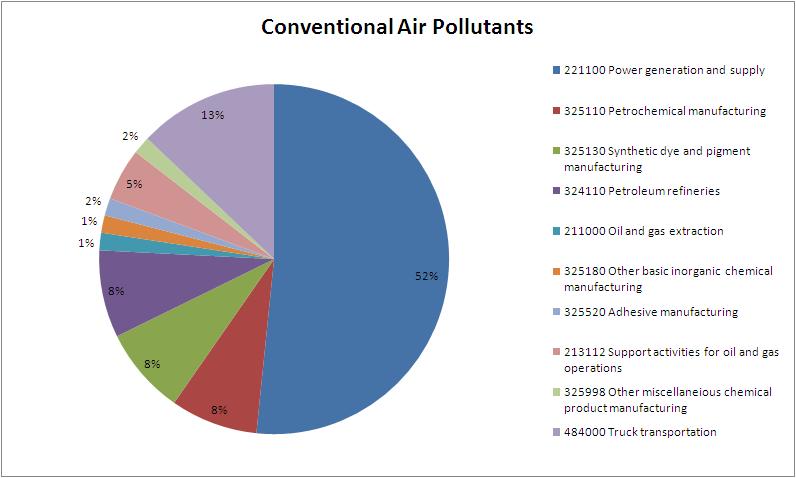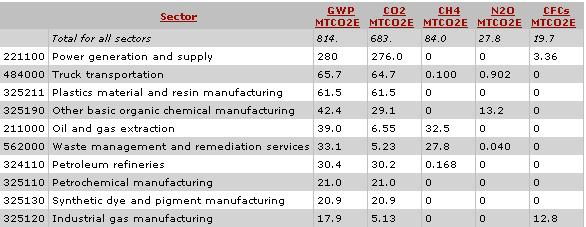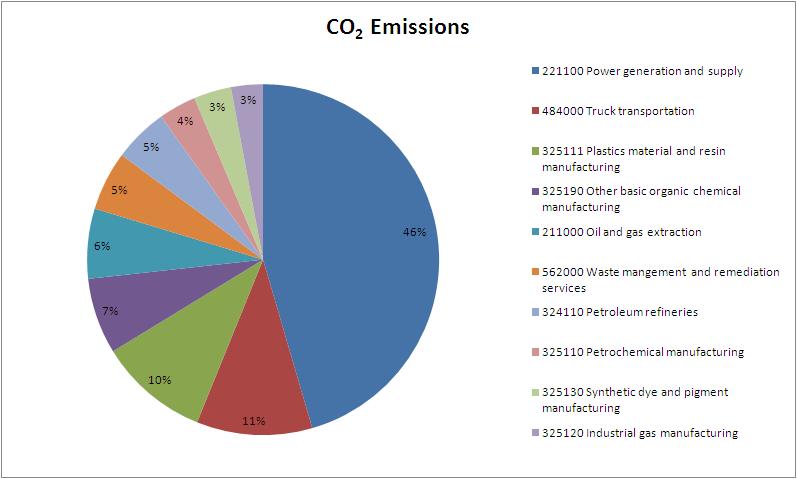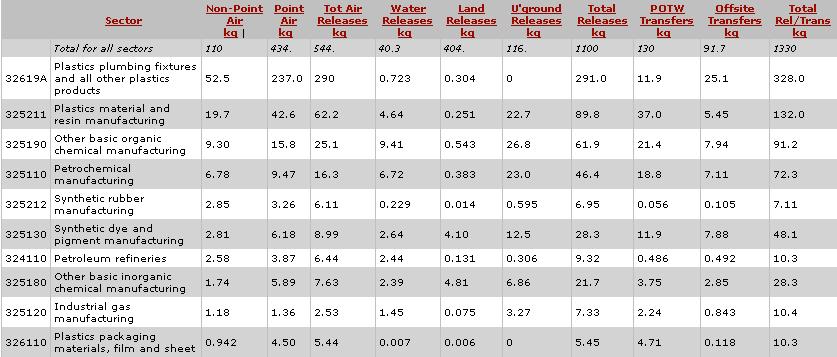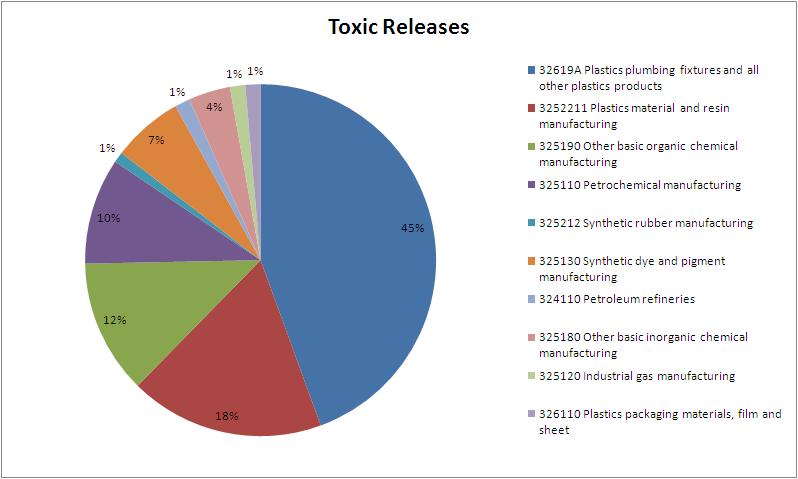Paper towel dispenser
From DDL Wiki
(→DFE Analysis) |
(→Team Member Roles) |
||
| Line 487: | Line 487: | ||
== Team Member Roles == | == Team Member Roles == | ||
| - | *Eric Totong: | + | *Eric Totong: Stakeholders, DFE |
| - | *Chang Keun Jung: | + | *Chang Keun Jung: FMEA |
| - | *James Li-Yang Lee: | + | *James Li-Yang Lee: Usability Study, Assembly pictures, How it works |
| - | *Nishan Kulatilaka: | + | *Nishan Kulatilaka: DFMA, DFA |
== References == | == References == | ||
Carnegie Mellon University Green Design Institute. (2009) Economic Input-Output Life Cycle Assessment (EIO-LCA) US 1997 (491) model [Internet], Available from: <http://www.eiolca.net/> [Accessed 20 Sep, 2009] | Carnegie Mellon University Green Design Institute. (2009) Economic Input-Output Life Cycle Assessment (EIO-LCA) US 1997 (491) model [Internet], Available from: <http://www.eiolca.net/> [Accessed 20 Sep, 2009] | ||
Revision as of 22:57, 20 September 2009
Contents |
Executive Summary
Stakeholders
There are six major stakeholders with regards to the paper towel dispenser: Manufacturer, retailer, customer, user, society. The main needs for the manufacturer are to reduce cost and create a reliable product. For the retailer, it is being able to sell a quality product. For the customer, it is making sure it is an affordable and reliable machine. For the customer, cleanliness and ease of use are paramount. For the maintenance worker, ease of opening and replacing the paper towel are important. Society plays a role with regards to how the use of paper towel affects the ecosystem and earth in general. Listed below are the stakeholders and their respective needs.
Paper Towel Manufacturer
- Material cost
- Manufacturing cost
- Assembly
- Transporting
- Standardize/minimize parts
Retailer
- Cost
- Storage
- Reliability
- Usability
- Transporting
Customer
- Cost
- Mounting
- Ease of use
- Reliability
- Aesthetics
- Safety
User
- Ease of use / ergonomics
- Speed of operation
- Aesthetics
- Cleanliness
- Safety
Maintenance Worker
- Ease of towel replacement
- Safety
Society
- Environment
Usability Study
Assembly Pictures
How it Works
Mechanical Analysis
Parts List
DFMA Analysis
Design For Manufacture
Design For Assembly
FMEA Analysis
Failure mode and effects analysis (FMEA) identifies potential problems of every component in the machinery, lists their effects on the system, and finally provides recommended actions to prevent such failures. The methodology for problem identification depends on ratings of Severity of a failure (S), Occurrence of Failure (O), and Detection of Failure (D). These scales are between 1 and 10 and they are rated in a way that less number of ratings indicates less significant problem and conversely higher rating means more serious failure or effect. The results of a FMEA Analysis (RPN) are calculated by multiplying S, O and D to signify seriousness of the problem.
Conclusion
| Part No. | Name | Function | Failure Mode | Effects of Failure | S | Causes of Failure | O | Design Controls | D | RPN | Recommended Actions | Responsibility |
|---|---|---|---|---|---|---|---|---|---|---|---|---|
| 01 | Front Housing | Protects device from exterior | Fractures, Warped |
| 7 |
| 4 |
| 2 | 56 |
| Reliability
|
| 02 | Front Housing Clip | Holds housings together | Bends |
| 4 |
| 2 |
| 6 | 48 |
| Assembly and Reliablity
|
| 03 | Front Housing Tab | Secures housing clip | Strips |
| 2 |
| 2 |
| 8 | 32 |
| Assembly
|
| 04 | Rear Housing | Holds mechanical components | Fractures |
| 7 |
| 4 |
| 9 | 252 |
| Reliability |
| 05 | Paper Towel Holding Arm | Holds paper towel roll | Bends |
| 6 |
| 3 |
| 2 | 36 |
| Assembly and Manufacturing |
| 08 | Screw Anchor | Holds screw in wall | Fractures |
| 7 |
| 6 |
| 8 | 336 |
| Reliablity |
| 09 | Paper Guide Tube | Guides paper towel to cutting cylinder | Failed |
| ||||||||
| 10 | Spring (uneven hooks) | Holds 09 in place | Deformed |
| 3 |
| 2 |
| 5 | 30 |
| Assembly and Reliablity |
| 11 | Spring (even hooks) | Holds lever to spindle housing | Deformed |
| 3 |
| 2 |
| 4 | 24 |
| Assembly and Reliablity |
| 14 | Locking Spring | Hides screw in turning wheel | Deformed |
| 3 |
| 2 |
| 4 | 24 |
| Assembly and Reliablity |
| 16 | Guide clips for 09 | Guides paper on 09 | text | text | ||||||||
| 18 | Lever Arm | Connects spring to spindle | Breaks |
| 5 |
| 2 |
| 2 | 20 |
| Manufacturing and Reliablity |
| 19 | Spring Connector | Connects two springs to lever arm | Breaks |
| 5 |
| 2 |
| 3 | 30 |
| Assembly and Reliablity |
| 20 | Rounded Spring Guide | Angles spring to desired measurement | Breaks |
| 2 |
| 2 |
| 7 | 28 |
| Manufacturing |
| 21 | Thin Paper Guide | Guides paper out of device | Breaks |
| 4 |
| 3 |
| 1 | 12 |
| Manufacturing |
| 22 | Front Spindle Housing | Final housing before paper leaves device | Fractures |
| 3 |
| 2 |
| 6 | 36 |
| Assembly and Manufacturing |
| 23 | Spindle Housing Back | Back of spindle housing | Fractures |
| 3 |
| 2 |
| 6 | 36 |
| Assembly and Manufacturing |
| 24,25 | Spindle Housing (L,R) | Sides of spindle housing | Breaks |
| 5 |
| 2 |
| 6 | 60 |
| Assembly and Manufacturing |
| 29 | White Teeth Guide/Arm | Guides cutting teeth in spindle | Breaks |
| 3 |
| 3 |
| 6 | 36 |
| Assembly and Manufacturing |
| 30 | Cutting Teeth | Back of spindle housing | Wears,Bends |
| 4 |
| 2 |
| 2 | 16 |
| Manufacturing |
| 31,32 | Spindle | Back of spindle housing | Warps,Breaks |
| 5 |
| 1 |
| 3 | 15 |
| Assembly and Manufacturing |
DFE Analysis
The production of a product has an environmental impact from the creation of the parts that make up the product, to the time when the consumer throws the product in the garbage. In our case, we studied the Economic Input-Output Life Cycle Assessment (EIO-LCA) of a paper towel dispenser using Carnegie Mellon's EIO-LCA site. This tool allows us to quantify the data involved with the environmental impact of manufacturing a paper towel dispenser. Specifically, we focused on conventional air pollutants, greenhouse gases, and toxic releases.
Each of the categories below were calculated using $1 million dollars of activity in the sector of "326199 All Other Plastics Product Manufacturing." Since most of the paper towel dispenser is made from plastic parts, we feel that this sector is appropriate. The data are from the Industry Benchmark US Dept of Commerce EIO model from 1997, a Producer Price Model.
We are concerned impact this product has on the environment; specifically, if Congress were to pass a CO2 tax, would this have a significant impact on the cost of production of the paper towel dispenser?
Conventional Air Pollutants
Below is a table of the release of conventional air pollutants from the top ten contributors in the supply chain, in units of metric tons (mt).
In this chart of conventional air pollutants, you can see that 52% of air pollutants from the production of the paper towel dispenser comes from the generation and supply of energy. In addition, truck transportation plays a smaller, but still significant role in the production of air pollutants.
Greenhouse Gases
Below is a table of the release of greenhouse gases from the top ten contributors in the supply chain, in units of metric tons of CO2 equivalent(MTC02E).
In this chart, we focused on the emission of CO2 since this is what the government would tax. The generation and supply of energy plays a large role again, taking producing 46% of the CO2 emissions. Truck transportation and plastics material and resin manufacturing play a smaller role, but still impact the emissions to the environment.
Toxic Releases
Below is a table of the release of toxic substances from the top ten contributors in the supply chain, in units of kilograms (kg).
The chart below shows that plastics plumbing fixturs and all other plastics products accounts for 45% of the toxic releases. Another significant part is played by plastics material and resin manufacturing at 18%.
DFE Conclusion
From the results of the EIO-LCA, we can see that there are many factors that contribute to the release of harmful waste and gases into the environmental. For example, the energy supply causes a large number of CO2 to be released in the air, this may be reduced by the use of renewable resources such as solar or wind. Truck transportation also plays a detrimental role towards the environment. It is difficult to just make trucks more efficient or burn cleaner, but maybe using a strategic network or green-powered locomotives to transport products can reduce the amount of emissions to the environment. We also realize that since most of the paper towel dispenser is made from plastic, it is not biodegradable and would be better if there were a way to recycle the plastic.
Team Member Roles
- Eric Totong: Stakeholders, DFE
- Chang Keun Jung: FMEA
- James Li-Yang Lee: Usability Study, Assembly pictures, How it works
- Nishan Kulatilaka: DFMA, DFA
References
Carnegie Mellon University Green Design Institute. (2009) Economic Input-Output Life Cycle Assessment (EIO-LCA) US 1997 (491) model [Internet], Available from: <http://www.eiolca.net/> [Accessed 20 Sep, 2009]

























